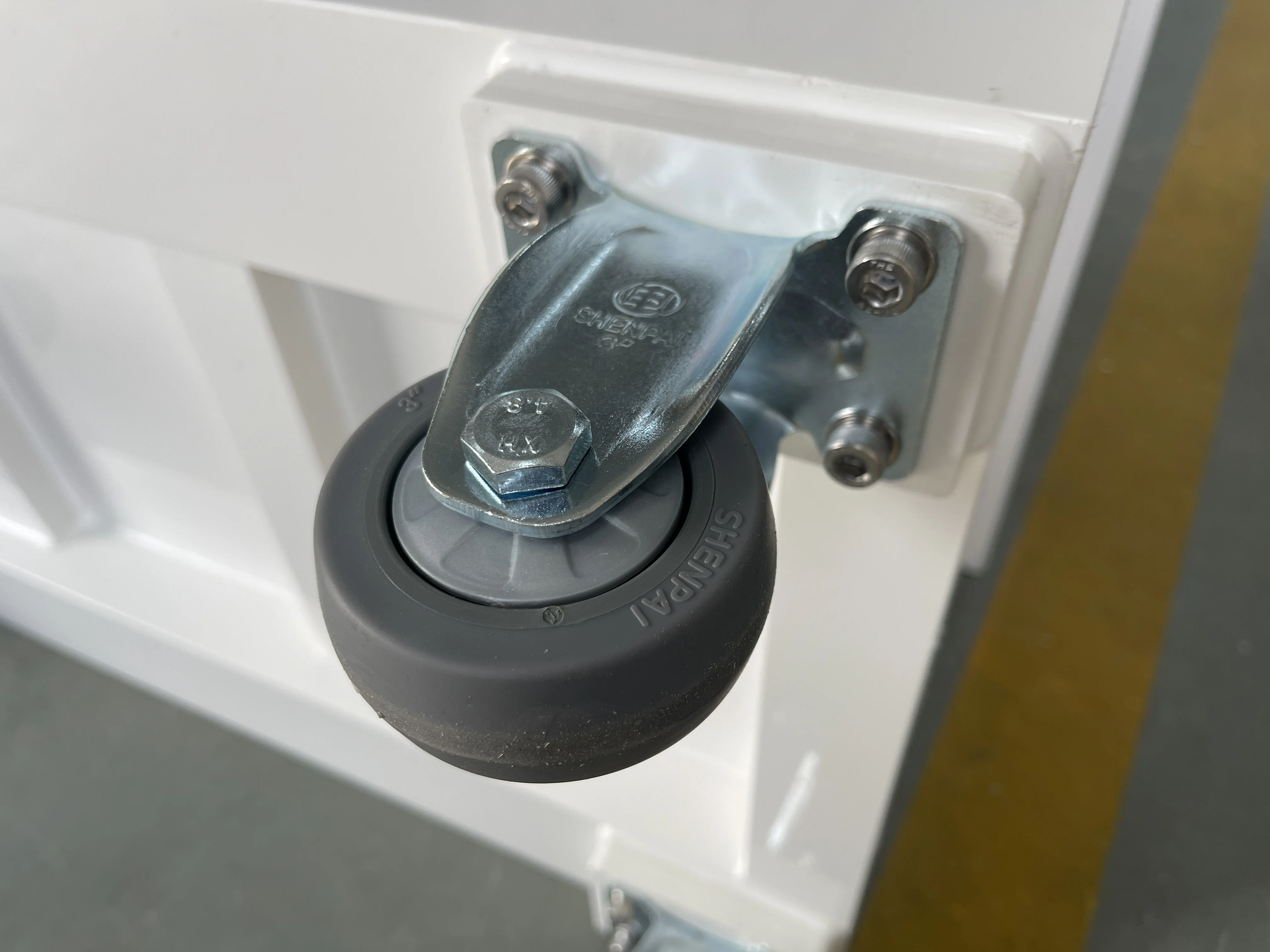Top Safety Features to Look for in a Chemical Transfer Vehicle
2 min readWhen it comes to handling hazardous materials, safety is paramount. Chemical transfer vehicles play a critical role in laboratories, semiconductor facilities, and industrial environments where precision and reliability are essential. These vehicles are designed to transport chemicals safely, minimizing risks to both personnel and the environment. But not all chemical transfer systems are created equal. Understanding the key safety features can help you make informed decisions when selecting the right equipment.
Xinruiwei Semiconductor Technology (Suzhou) Co., Ltd., a leading developer and manufacturer of plastic equipment for laboratories and the semiconductor industry, specializes in delivering customized solutions from prototype to mass production. With European components, strict quality standards, and reliable delivery, Xinruiwei ensures its chemical transfer vehicles meet the highest safety and performance requirements.

1. Corrosion-Resistant Materials
Chemical transfer vehicles must be built from high-quality, corrosion-resistant materials to withstand aggressive acids, solvents, and other hazardous chemicals. Using specialized plastics such as high-purity polypropylene or fluoropolymer ensures durability and prevents contamination. Xinruiwei employs carefully selected European-grade components to guarantee long-lasting performance.
2. Secondary Containment Systems
Spills and leaks are among the greatest risks when transporting chemicals. A reliable vehicle should include double-wall designs or secondary containment systems that capture leaks before they cause accidents or environmental hazards.
3. Leak Detection Technology
Modern chemical transfer vehicles often integrate sensors to monitor and detect leaks in real-time. Early detection not only improves workplace safety but also reduces costly downtime.
4. Anti-Static and Grounding Features
Since many chemicals are flammable, preventing static discharge is essential. Vehicles should be equipped with anti-static coatings or grounding systems to reduce the risk of sparks during chemical transfer.
5. Ergonomic and Safe Handling Design
A well-designed chemical transfer vehicle should prioritize operator safety and ease of use. Features such as ergonomic handles, secure locking mechanisms, and smooth maneuverability reduce the chance of human error and accidents.
6. Ventilation and Pressure Control
Chemical vapors can be hazardous if not properly managed. Vehicles with built-in ventilation systems and pressure relief valves protect workers from harmful exposure while ensuring stable transport conditions.
7. Compliance with Industry Standards
Safety certifications and compliance with international standards (such as ISO or SEMI requirements in the semiconductor industry) are indicators of a reliable chemical transfer solution. Xinruiwei ensures its equipment meets or exceeds these strict benchmarks.
Conclusion
Selecting the right chemical transfer vehicle means prioritizing safety above all else. From corrosion-resistant construction and leak prevention to ergonomic design and international compliance, these features safeguard both operators and facilities.
Xinruiwei Semiconductor Technology (Suzhou) Co., Ltd. combines innovative design, advanced plastic processing, and European-quality components to provide tailor-made solutions for laboratories and semiconductor industries. By choosing reliable equipment from a trusted manufacturer, businesses can ensure safer chemical handling, improve efficiency, and maintain the highest standards of workplace safety.
www.wafera.com
Xinruiwei Semiconductor Technology (Suzhou) Co., Ltd.